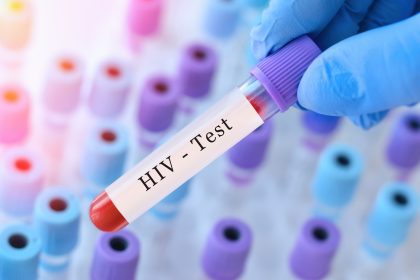
Unlike traditional vaccines, many of the newly developed COVID-19 vaccines are viral vector vaccines based on Messenger RNA (mRNA) and gene therapy technology. Gene therapy is a scientific process that developing ways to deliver nucleic acids into a cell as a drug to treat disease. Nucleic acids are intricate organic substances consistent with all living cells. The two most predominantly known in humans are DNA or RNA, whose molecules comprise many nucleotides linked in a long chain. Nucleotides are polymers consisting of a sugar molecule (either ribose in RNA or deoxyribose in DNA) attached to a phosphate group and a nitrogen-containing base.
I have noticed that many in the press when discussing science, COVID-19, are not trained nor well-versed in basic science. I am an infectious disease scientist by training and would like to explain how these new COVID-19 vaccines are not like the traditional vaccines many of us are familiar with. Unlike most vaccines that contain an infectious pathogen as part of its composition, viral vector vaccines use harmless viruses to deliver a piece of genetic code into our cells, enabling them to make a pathogen’s protein. This protein once inside the body supposedly trains our immune system to react to future infections from the targeted virus.
In contrast, mRNA vaccines deliver the genetic instructions to our cells to make viral or bacterial proteins that fight off infection on their own. This makes our immune systems respond to these and thus builds up the body’s immunity. Messenger RNA is naturally present in all human cells. Through a process called transcription, it carries the instructions for making proteins from our genes, located in the cell nucleus, to all the cells in our body. In simple terms, mRNA vaccines deliver the instructions for making a bacterial or viral protein directly to our cells. With the COVID-9 pandemic, this is the first time we have seen mRNA vaccines get approval for use in humans.
Read more on the following page.









